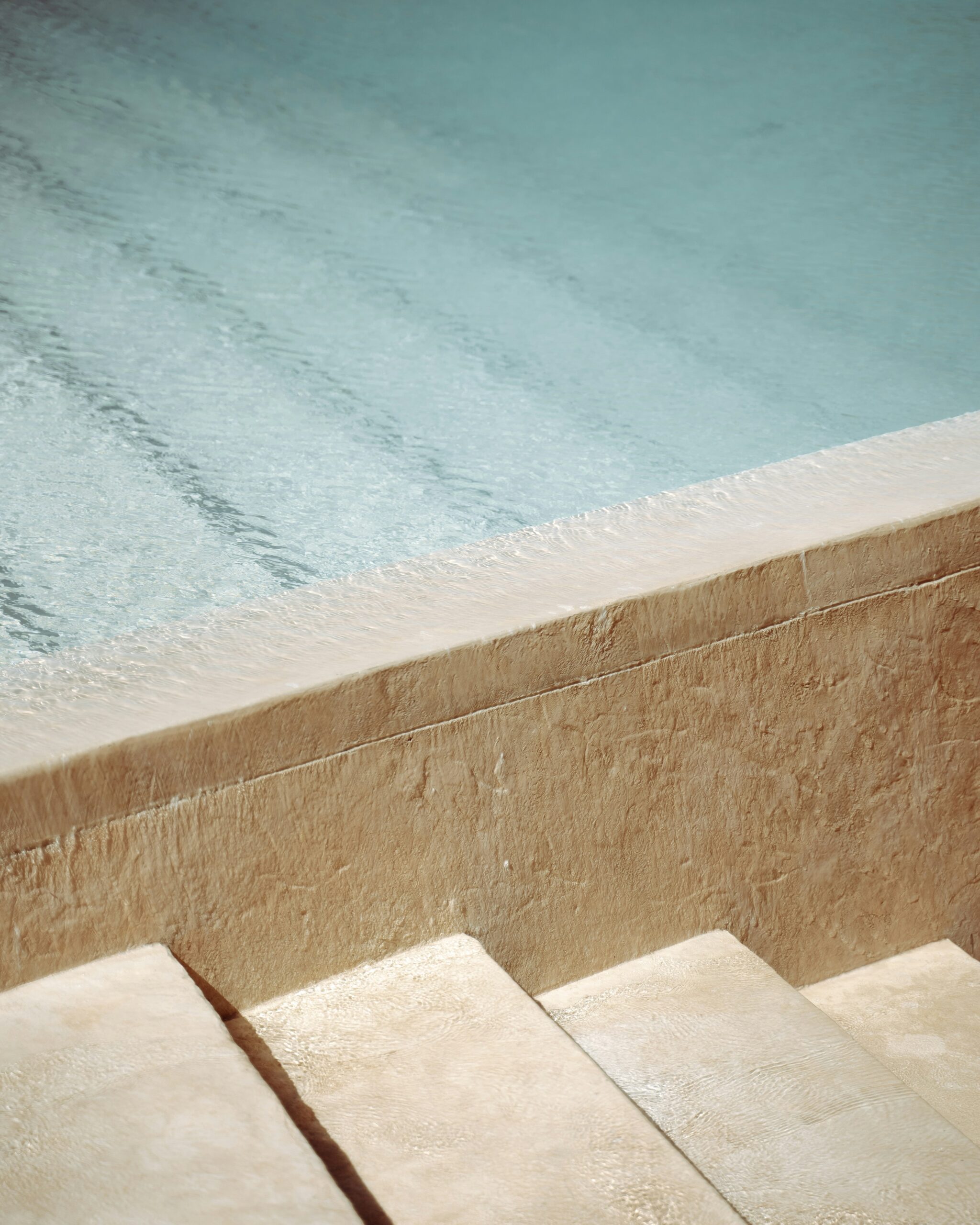Pool Water Overflowing? What to Do
Having a pool in your backyard can create a peaceful and enjoyable getaway. But keeping it clean and ready to enjoy can bring added stress to some homeowners. While regular maintenance and cleaning help ensure it works properly, sometimes problems you’re unprepared for arise.
When there’s heavy rain or tropical storms blowing through, you might look out at your pool and notice rising water levels. You may even have pool water overflowing into your hardscaping and yard!
But storms aren’t the only cause of overflowing pools. We’re looking at many causes and solutions today in our blog.
Let’s head under the surface to see what’s really happening!
Common causes of pools overflowing
A pristine pool is a thing of beauty. Cleaning and maintenance go a long way toward keeping it ready to enjoy. When water levels get too high, the causes can be environmental, functional, or caused by human error.
Heavy rainfall is a common overflow problem
People living in areas with heavy rainfall or hurricanes must be conscious of the amount of water going into their pools. Days of downpours can cause water levels to rise quickly, and your pool system can’t always handle it fast enough.
Flood water from outside the pool can flow in, bringing debris and contaminants your pool isn’t designed to handle. If your yard is saturated and water keeps coming, it can cause serious issues for your pool.
There can be equipment malfunctioning
When your automatic pool filler works properly, it maintains the correct water level in your pool. But when it’s not, you can end up pouring water and money down the drain. Drainage systems that aren’t properly maintained can back up and cause the excess water to overfill your pool. And all that excess water has to go somewhere, often over the sides and into your yard.
Pools can overflow from simple mistakes
Leaving the hose running in your pool during regular filling can also cause an overflow. And, after heavy weather events, it’s easy to forget to adjust your automatic filler to compensate. While these are usually avoidable errors, they’re still a common cause of overflowing pool water.
What happens when your pool overflows?
Overflowing pools do more than just make a mess. There are some potentially significant problems caused by excess water in your swimming pool.
Structural damage to your pool structure
The biggest risk of pool overflow is the potential for damage to the structures in the surrounding area. Decking around your pool isn’t designed to handle water seeping underneath, but too much standing water from flooding can do just that. You could experience buckling or heaving of your hardscape after a pool overflow.
It’s a waste of water when an overflow happens
Topping up your pool is part of regular maintenance. During a typical season, you might spend between $20 and $500 replacing water lost to evaporation. Filling your pool to the point of overflow takes a significant amount of water. Even if you’re just running your hose for too long, you could take a big financial hit!
Water is a precious resource, and overfilling your pool isn’t only costly, it’s wasteful. Pay attention during pool fills to avoid waste.
Risk of algae growth is increased after pool overflow
Weather events bring all sorts of debris and dirt into your pool. Excess water also dilutes the chemicals meant to keep your pool free from algae and mold. If you can’t deal with the situation immediately, the risk of algae growth in your pool increases after an overflow.
After a flooding event, the best thing to do is to remove the excess water, clean your pool, and balance your chemicals to avoid an algae bloom.
Steps to take after your pool overflows
Once an overflow occurs, quick action can make a significant difference. Take these steps to make sure the problem doesn’t get any worse!
Shut off any automatic filler
Your automatic filler is set to maintain the optimal water level in your pool. If you don’t shut it off, it will keep adding the prescribed amount of water to your pool, even during an overflow. If you know a heavy rainstorm or tropical weather event is coming, shutting your pool filler off is a good idea. Once an overflow happens, you should still shut your filler down to keep from adding to the problem.
Drain the excess water
Removing the excess water is the next important step in the process. Sometimes, it’s more complicated than it sounds because the ground around your pool is saturated. If so, you’ll have to wait for the ground to absorb it before draining.
Siphoning water or using the drain feature on your pool pump are the best ways to get rid of the flood. Submersible pumps are available from most hardware stores and can be easier than siphoning with a hose.
If you’re putting the flood water into your city drains, check with local ordinances first. Some prohibit draining your pool into the storm drains, especially if they’re already overtaxed by a weather event.
Look into installing an overflow prevention system
Overflow prevention systems are designed to manage higher volumes of water than a simple drainage system. Combined with an automatic filler with a level sensor, overflows don’t have to cramp your style.
Several designs are available on the market to fit your pool and lifestyle.
GPS Pools is here to help out with any problem regarding your pool!
GPS Pools are the Tampa area experts in helping you maintain your pool. We want you to enjoy your outdoor space, and our systems are designed to make it easy. If you’re dealing with an overflowing pool, our service technicians can help! With over two decades of experience, our licensed team can handle any pool issues you may have.
Check out our website and contact us today!

